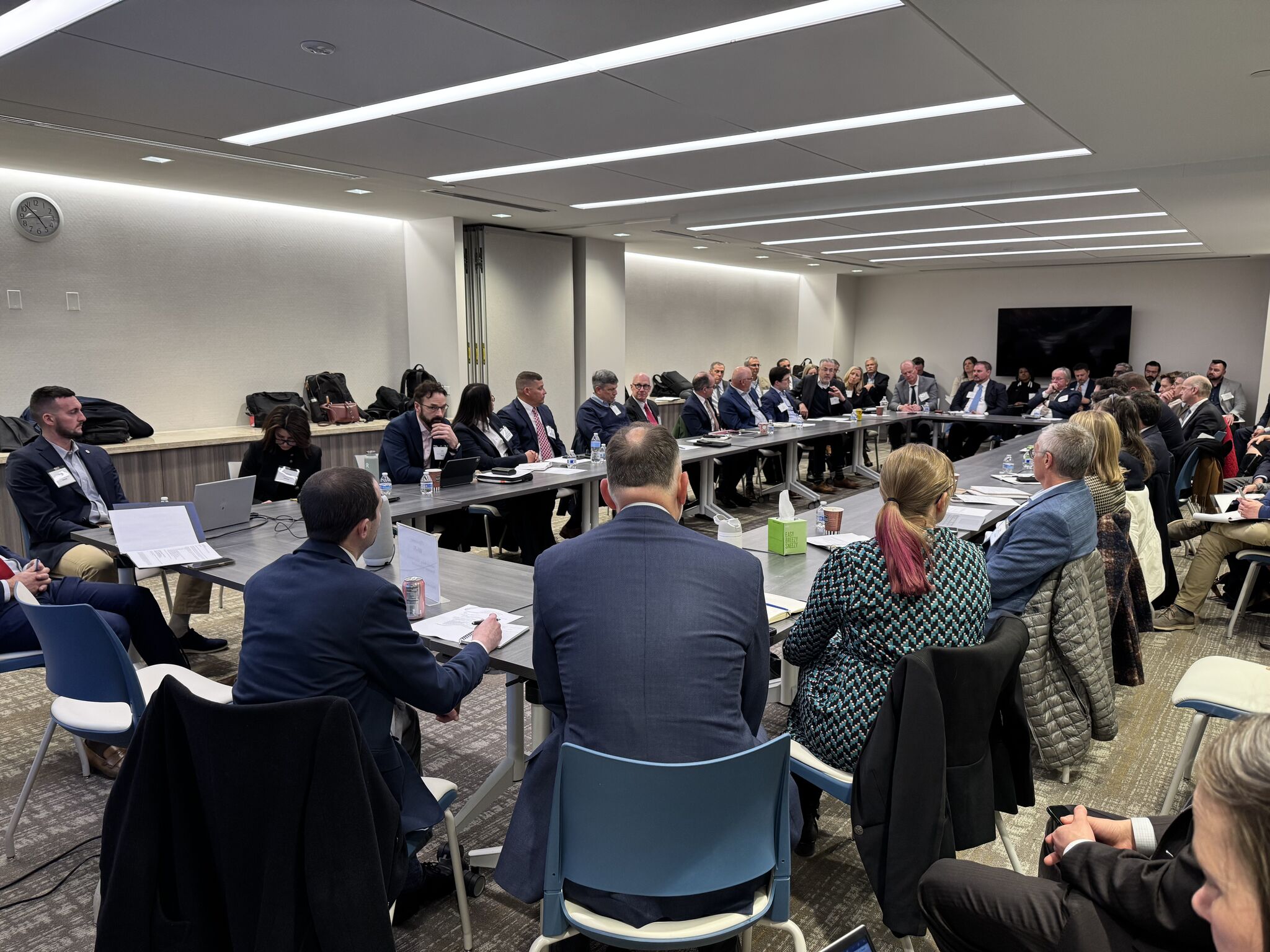US DOT Picks Winners for $1.8B in RAISE Grants

With a big funding lift from the Infrastructure Investment and Jobs Act, the U.S. Dept. of Transportation has awarded $1.8 billion for a range of key infrastructure projects in highway, pedestrian-bike paths, rail and other modes of transportation.
In all, the competitively awarded grants, which DOT announced on June 26, went to 148 projects under the Rebuilding American Infrastructure with Sustainability and Equity (RAISE) Program.
Natalie Quillian, White House deputy chief of staff, told reporters in a June 25 preview briefing that the grants went to projects in all states, as well as the District of Columbia and four territories.
Local or Regional Impact
DOT said that for the RAISE competition, it was seeking projects “that will have a significant local or regional impact” and also follow Biden administration priorities, including safety, equity, climate and sustainability.
RAISE capital and planning grants were capped at $25 million. DOT Secretary Pete Buttigieg said in the briefing, “Some of these projects are not the multi-billion-dollar projects that drive national headlines, but every one of them is essential for the community where it’s happening.”
Buttigieg added, “And we’re seeing more and more of the projects from our prior rounds of funding get into construction and toward completion, from Alaska to San Francisco.”
Some Projects Hit $25 Million Cap
Among the entries winning $25-million grants in the new RAISE round are: a grade-separation project in Santa Ana, Calif.; constructing about 50 miles of sidewalk in Topeka, Kan. that now does not comply with the Americans With Disabilities Act; and constructing a new multimodal transportation center in the Research Triangle Park area of North Carolina.
Buttigieg also said that about 57% of the grant awards went to roadway projects, 22% to bicycle-pedestrian projects and the rest to transit and maritime, except for “a couple of rail and aviation projects.”
This round draws on $1.5 billion in authorizations from the IIJA, supplemented by funds from DOT’s regular appropriations.
As with previous RAISE award rounds, demand for funds exceeded the dollars available. Buttigieg said in the media briefing that the department received about $13 billion in requests, far more than what it had available to award.
Besides the $25-million grant ceiling, RAISE has several other restrictions. For example, no state could receive total BUILD dollars exceeding more than $225 million—or 15% of the round’s IIJA-authorized funds.
Moreover, no more than 50% of the $1.5 billion could go to projects located in rural areas or in urban areas.
RAISE traces its history to the 2009 American Recovery and Reinvestment Act. It later was named the TIGER, for Transportation Investment Generating Economic Recovery, program.
In the Trump administration, it was renamed BUILD, for Better Utilizing Investments to Leverage Development, and subsequently renamed RAISE under the Biden Administration.
Related
How SenseiNode Is Building Proof-of-Stake Infrastructure in Latin America
A lot of attention is paid to the decentralization of the Bitcoin network.Bitcoin miners should set up shop in a number of different jurisdictions in order to p
The Infrastructure of Racial Justice Is Under Attack. We Must…
President Donald Trump began February with a proclamation that Black History Month offered “an occasion to celebrate the contributions of so many Black Am
Bomb threat found “non-credible”: American Airlines after Delhi-bound flight diverted…
American Airlines has said that the "bomb threat on board", due to whi
Big infrastructure investment plans take shape in America
Amtrak and dozens of major industry partners representing construction, manufacturing, rail supply, engineering, and other sectors convened for an industr













